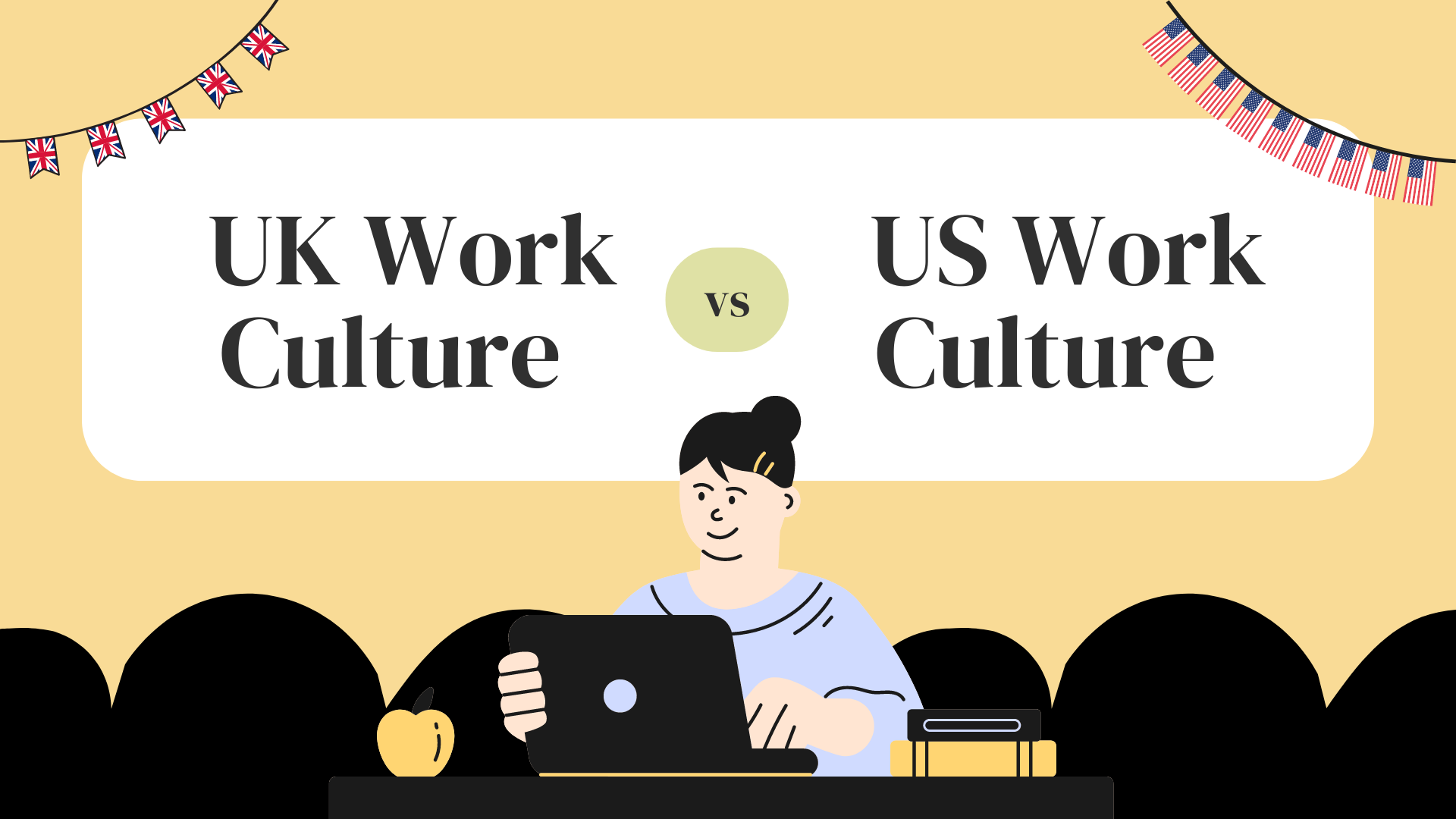Work contracts
One major difference in work culture between the two countries is their employment laws. For example, in the UK generally provide more protection for workers, including stronger regulations around unfair dismissal, redundancy, and employee rights. The notice period for termination tends to be longer, and the process more regulated.
Employment in the US is often “at-will,” meaning that employees can be terminated with little notice and for any reason, as long as it’s not illegal. This can lead to a less secure job environment but also allows for more dynamic movement in the job market.
Communication Style
British communication tends to be more indirect and polite, with a strong emphasis on diplomacy. Subtlety and understatement are valued, and criticism is often delivered in a more reserved manner.
Americans tend to be more direct and straightforward in their communication. The emphasis is often on clarity and efficiency. This can sometimes be perceived as overly assertive by those from cultures that value indirect communication.
The language
While both countries speak English, jargon, spelling, and accents differ significantly. The UK alone has almost 40 distinct accents, while the US has around 30 of its own. Whether you’re based in the UK or the US, if you’re working with businesses across the Atlantic, you may need to adapt to the language and spelling preferences of your business partner. This could mean changing words like ‘analyze’ to ‘analyse’ or ‘color’ to ‘colour.’
The pay gap
On average, salaries in the US can be anywhere from 25% to 50% higher than in the UK, depending on the industry and specific job roles. However, this gap can be offset by the higher costs associated with healthcare, education, and housing in the US. Yet, according to the Times, the average salary in America is $77,000 (£61,000) and just £41,000 int he UK. Adjusting for purchasing power, the US average salary converts to around $72,000 (£57,000), a smaller though still significant gap.
While the national average may not be showing as large of a gap, things look different when you look into sectors specifically. It’s also important to remember that salaries in the US also vary by state.
Benefits
In the UK, employee benefits, such as healthcare and pensions, are often less tied to the employer since the National Health Service (NHS) provides healthcare. Pension schemes are also more regulated, with employers required to contribute to workplace pensions.
However, in the US, healthcare benefits are a significant part of compensation packages since healthcare is largely privatized. There is often a focus on performance-related pay, with bonuses and incentives playing a major role in compensation.
Tea breaks
According to federal law, the U.S. government does not mandate lunch or short breaks, often referred to as coffee breaks.
In contrast, UK workers are entitled to one uninterrupted 20-minute rest break during the workday for every six hours worked. While it’s not uncommon for British workers to skip their lunch break—typically between 30 to 60 minutes per day—tea breaks are almost always a part of the average Brit’s workday.
Annual leave vs PTO
Most UK workers are entitled to at least 5.6 weeks of paid annual leave, or 28 days (about 4 weeks) if they work a 5-day week. This includes bank holidays; some employers will offer more. In recent years, there has also been a rising trend of offering unlimited holidays.
Some companies in the US also offer “unlimited PTO,” allowing employees to take as much time off as they need, within reason. This policy relies heavily on mutual trust and responsibility, and the specific guidelines can vary. However, PTO is not mandated on federal level, and there is no statutory national minimum in the US. According to the Bureau of Labor Statistics, 76% of American workers have access to PTO, many between 5 and 10 days a year, which varies from employer to employer. Additionally, time off is often accrued, which means that workers may need to be working in their job for 12 months before they’re entitled to any paid time off.
If you’re coming from a UK background and planning to hire workers in the US, we can assist you in navigating the most common challenges and ensuring compliance – get in touch today.
